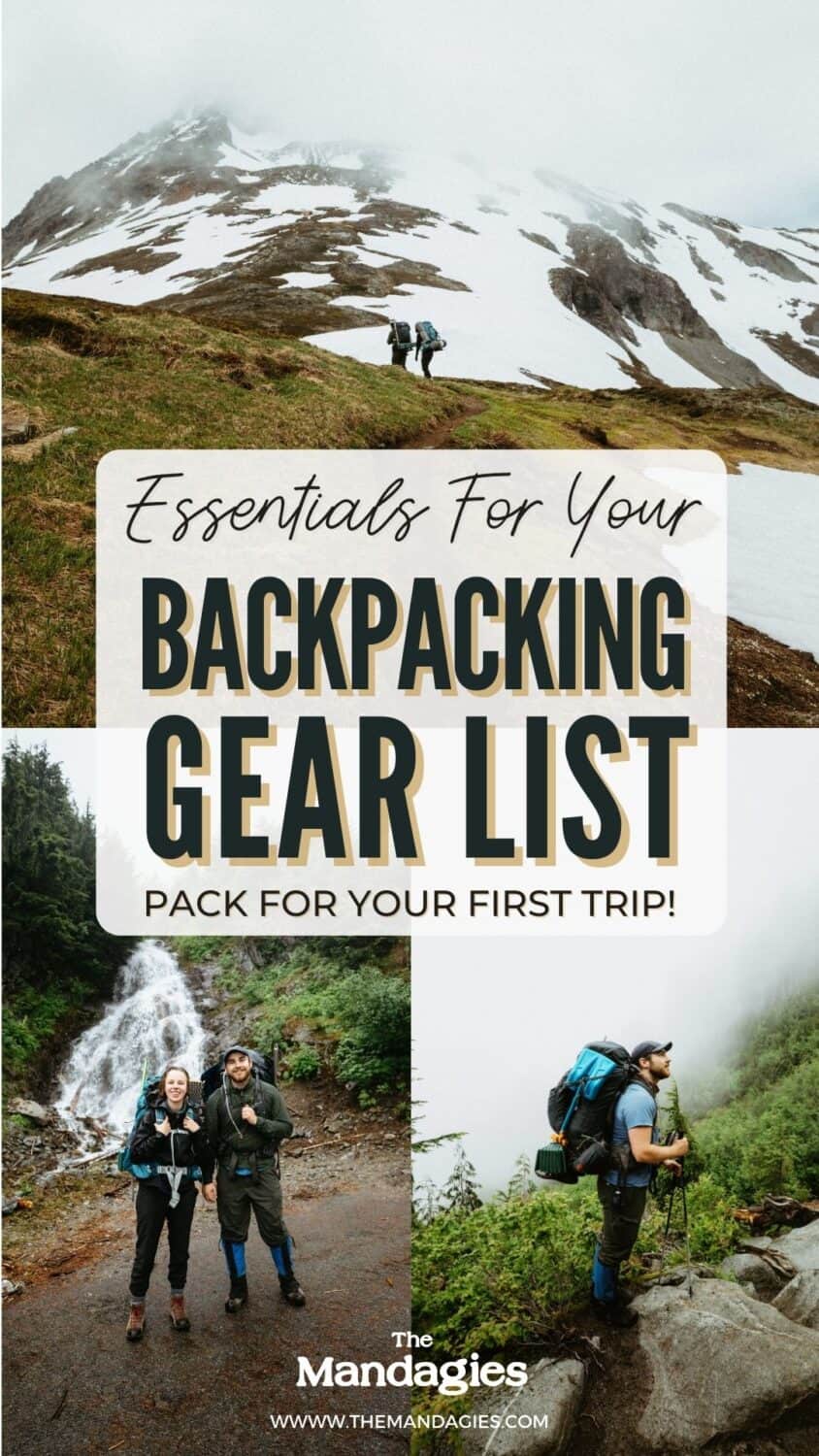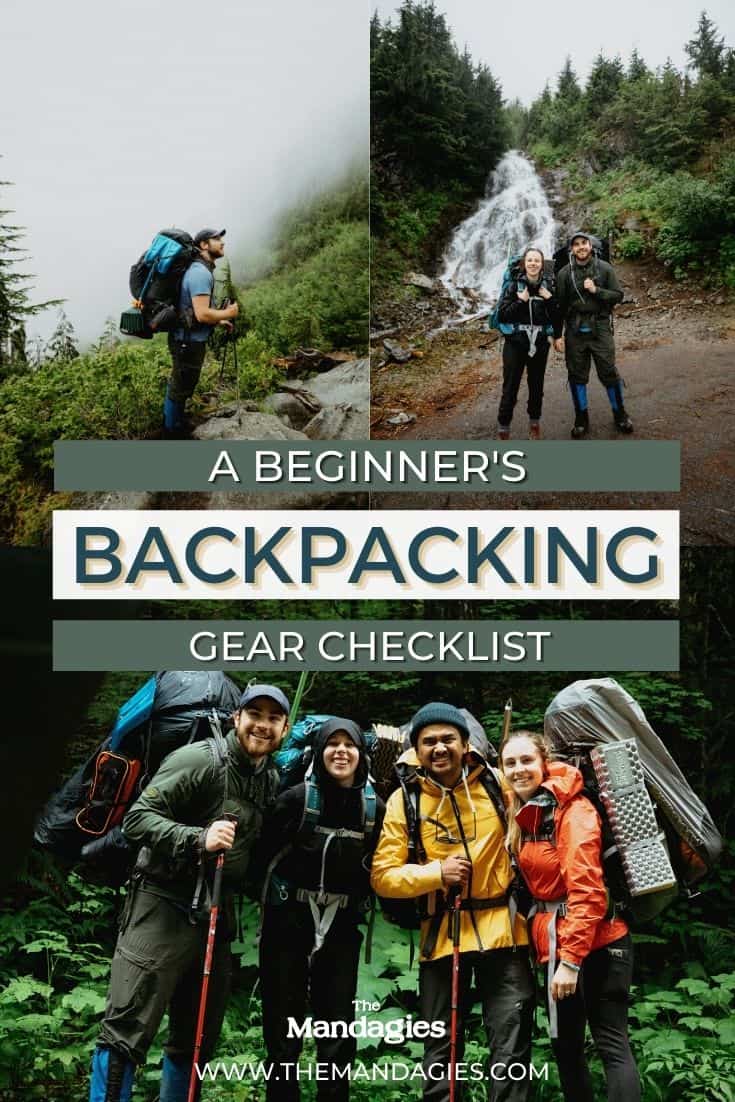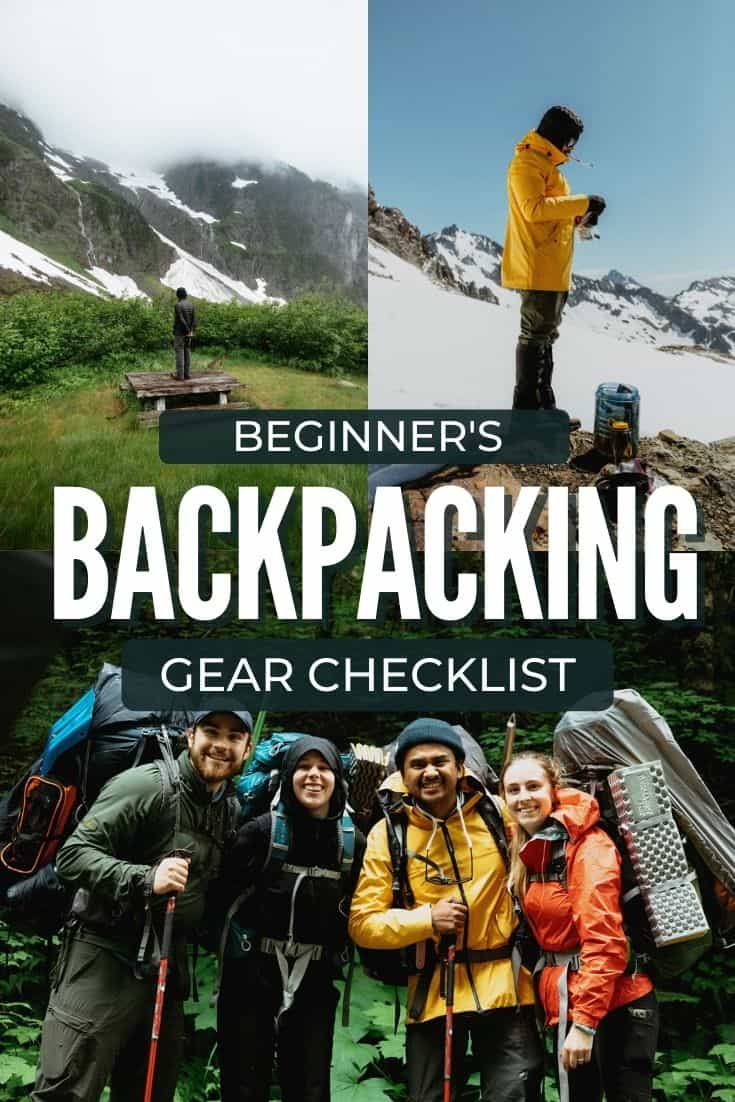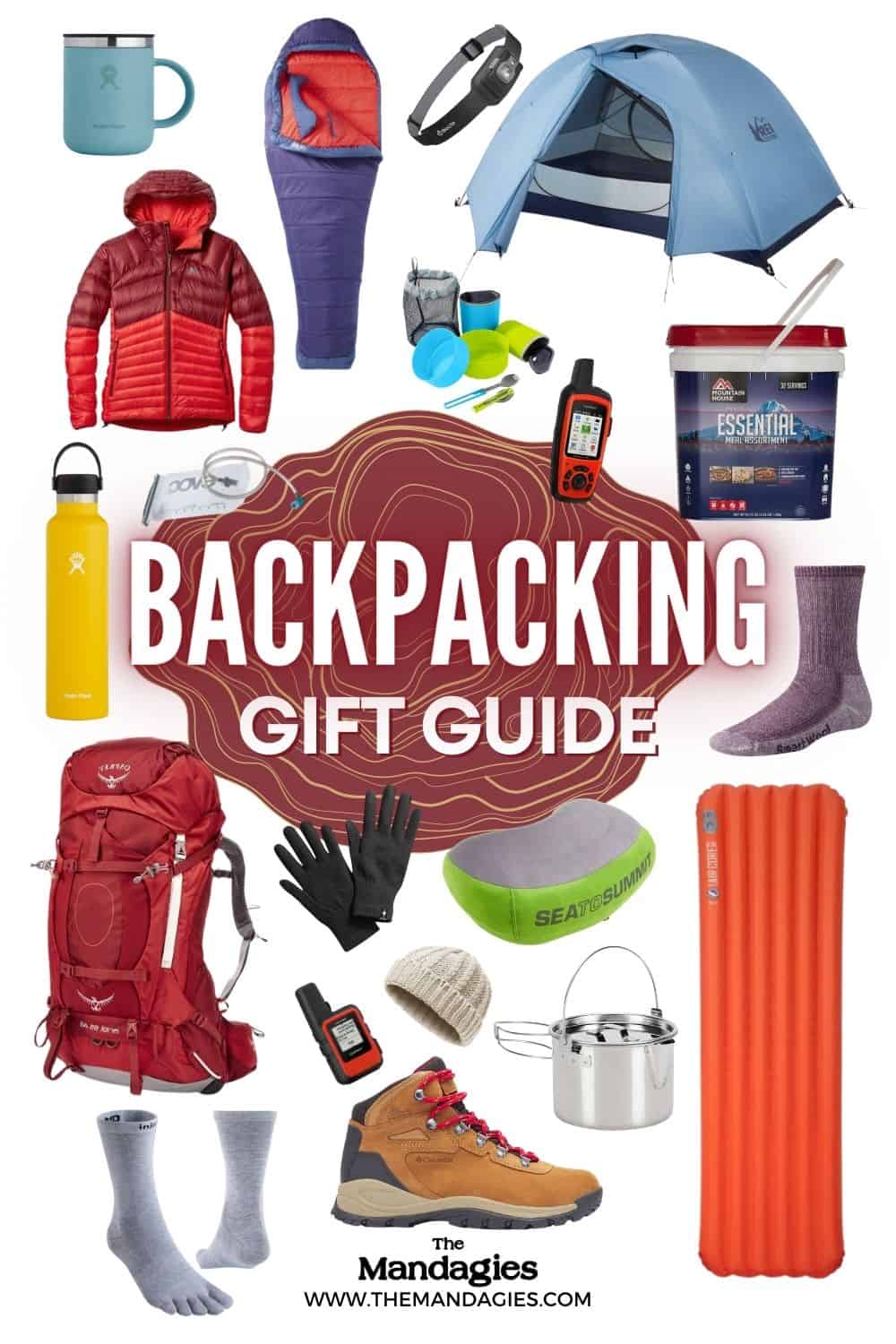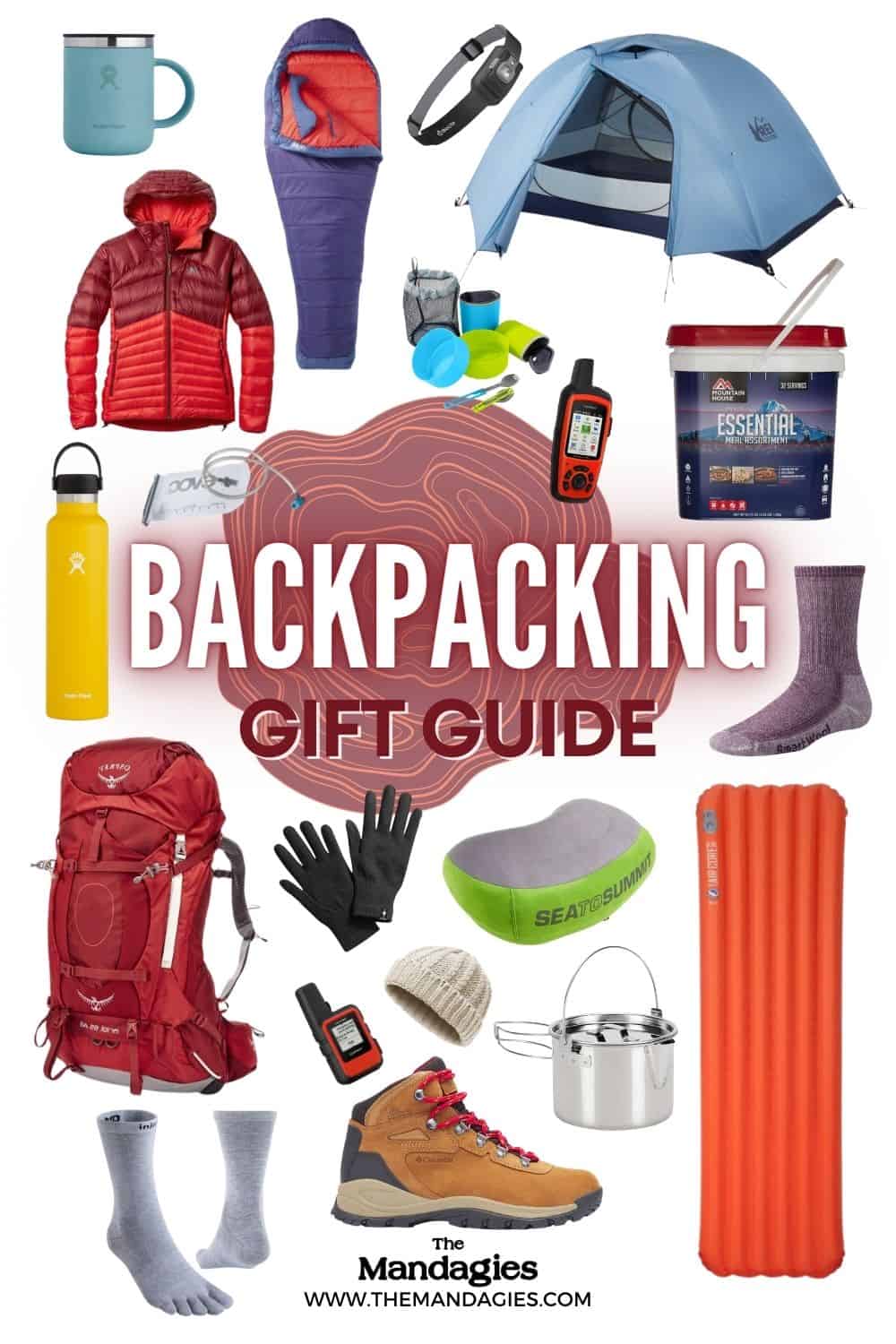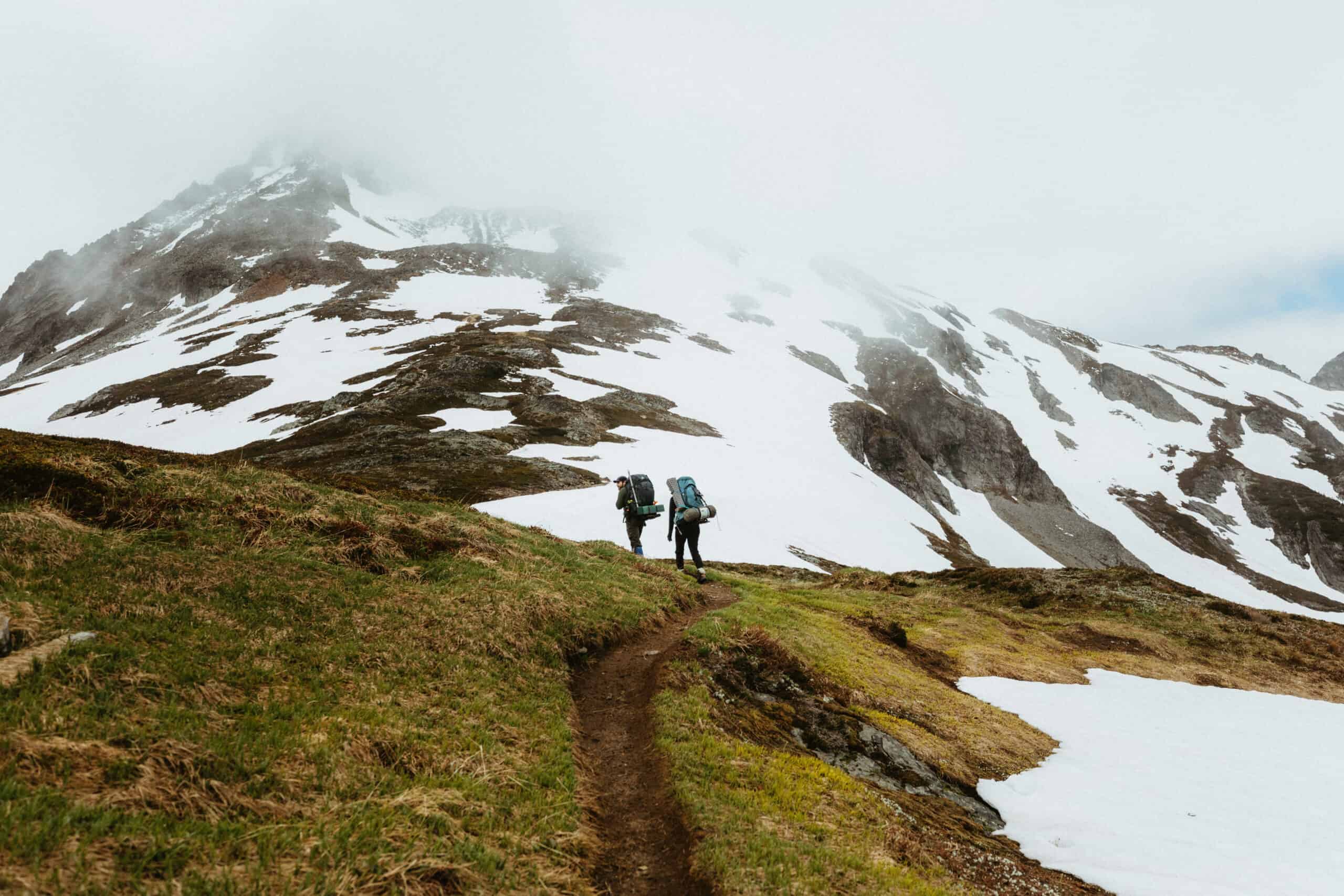Post Summary: The Complete Beginner Backpacking Gear List For Your First Trip To The Mountains
Written By Adventure Contributor, Whitney Matthews
There’s a lot of emotions surrounding your first backpacking trip.
A little fear of uncertainty, questions of whether you’re in “good enough” shape, getting overwhelmed thinking about everything you need to pack (and carry on your back!), but hopefully a lot of excitement mixed in there, too!
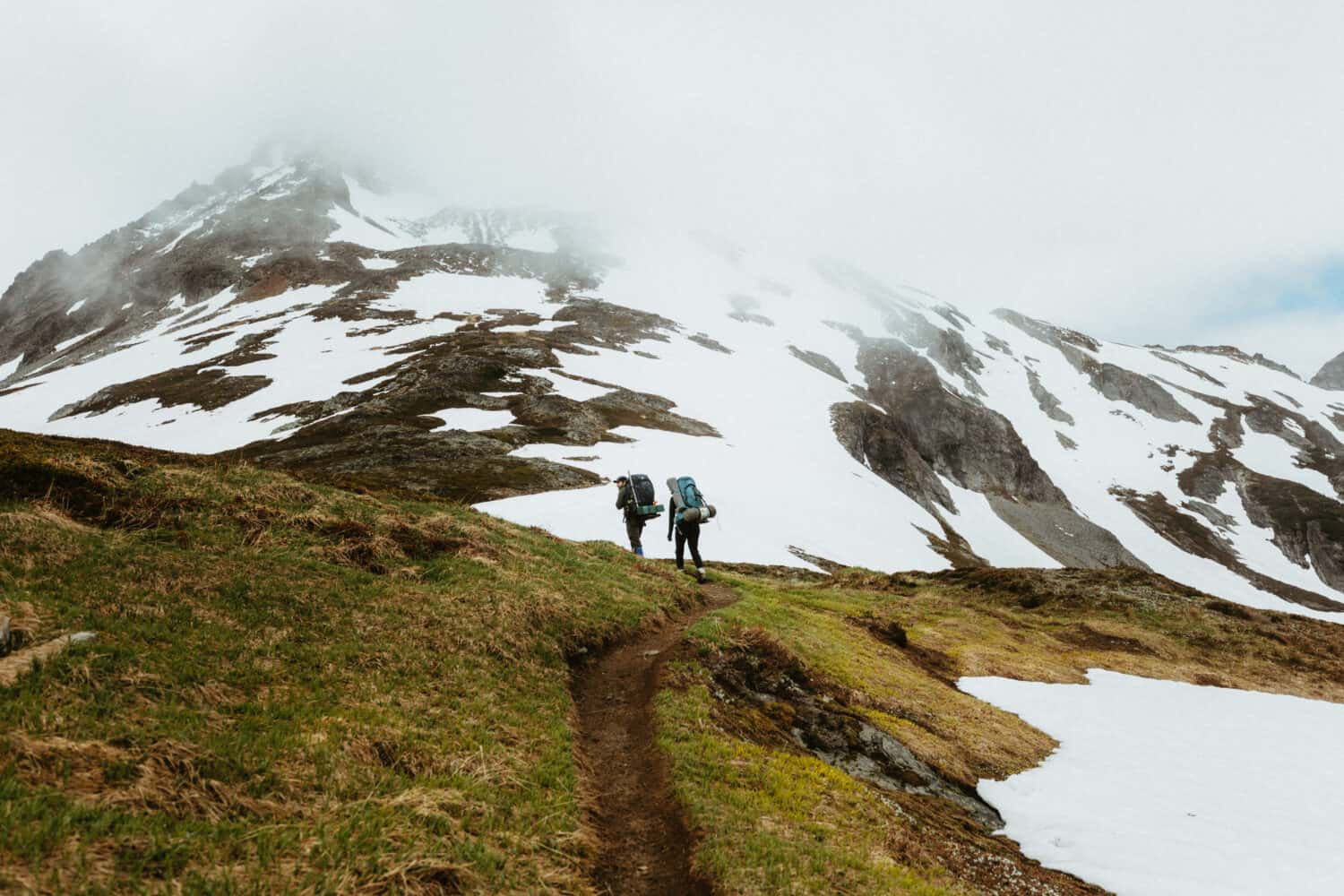
You might be wondering why you need backpacking gear in the first place. Isn’t it the same as camping gear?
The short answer to that is: no, the two are actually quite different.
Backpacking gear was designed for just that purpose. It’s lightweight and packs down really small, perfect for fitting into a pack that you’re carrying on your back for miles.
It’s typically also a little more high-tech than the car-camping gear you may have, keeping you warmer, drier, and safer from injury.
So where do you even start when it comes to packing for your first backpacking trip?
To help take a little weight off your shoulders (pun definitely intended), here’s our complete list of everything you’re going to need for your beginner backpacking trip:
The Definitive Backpacking Gear List For Beginners
- The Definitive Backpacking Gear List For Beginners
- A Well-Fitting Backpack
- Sleeping Bag
- Sleeping Pad
- Backpacking Tent
- Hiking Boots
- Water Filter
- Head Lamp (with extra batteries)
- Food and Kitchen Items
- Proper Clothing
- Other items that you should have on your first backpacking trip but don’t necessarily need to splurge on
- Want A Downloadable Backpacking Gear List?
This post contains affiliate links, which we earn a small commission at no extra cost to you! Thanks for the support!
First, we’ll start with the essentials that are worth spending the extra money on:
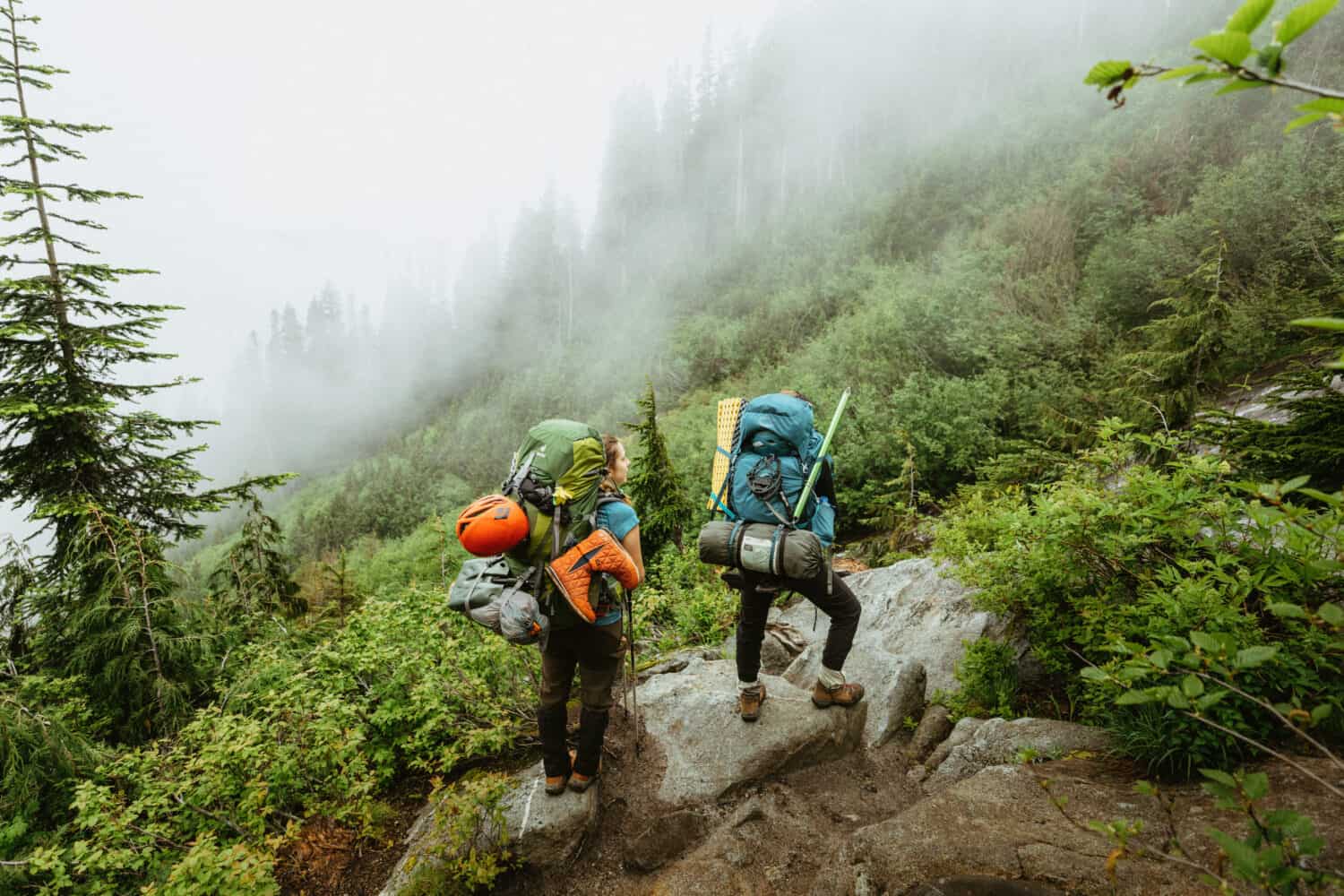
A Well-Fitting Backpack
Head to your local REI or gear store and find a backpack that’s meant for days in the backcountry.
These backpacks are built to help you properly distribute the weight you’re carrying to prevent any long-term injury to your back, neck, and shoulders.
These backpacks also feature chest and hip straps to help secure your load, as well as multiple pockets for optimal gear access and organization.
Once you find the pack that works for you, make sure you have an REI specialist (or any gear specialist) fit the pack to your body. Everyone’s body is different, so they’ll adjust all the straps to ensure that you’re not putting unnecessary stress or weight on your body where you shouldn’t be.
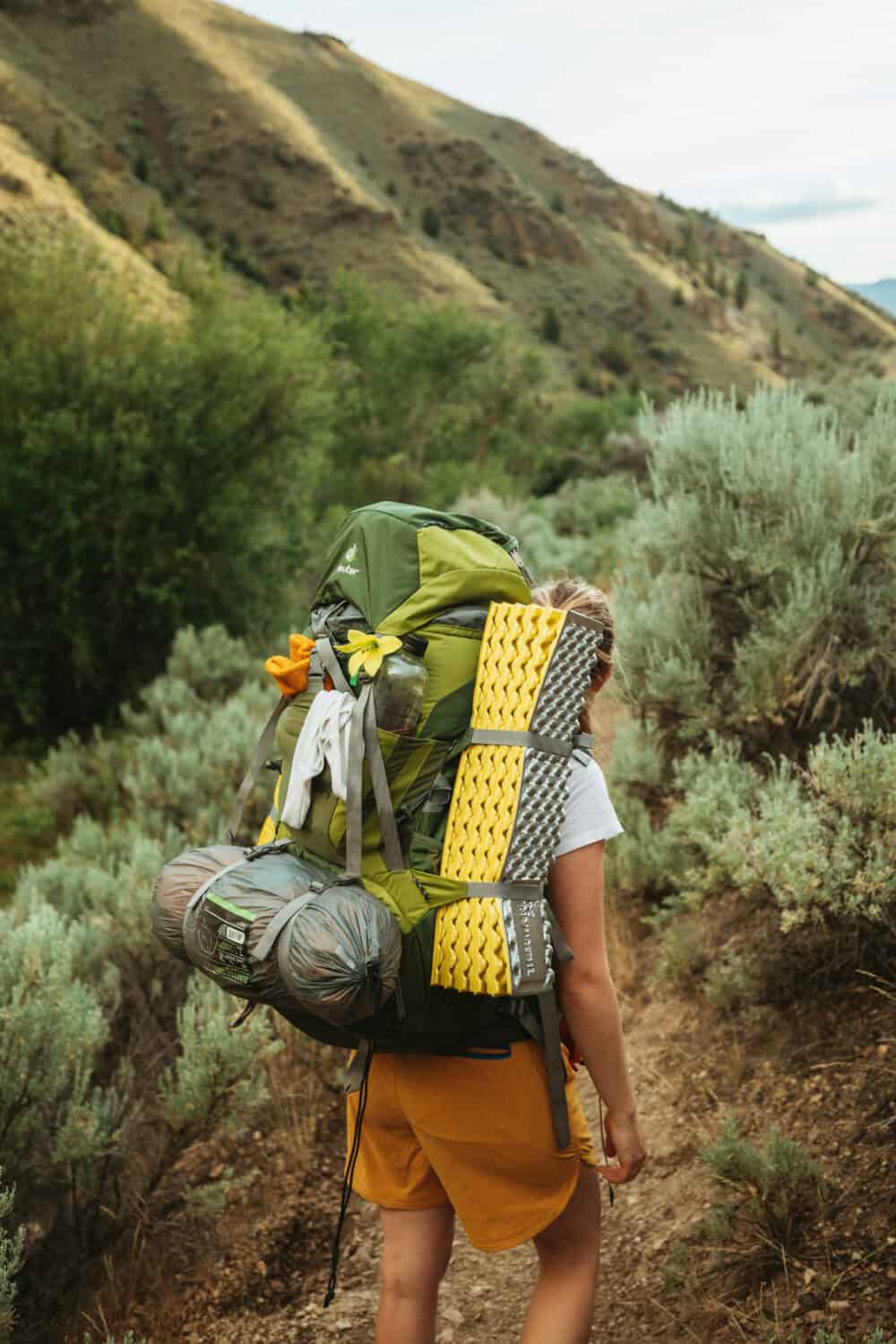
Budget Backpack Alternatives (Backpacking Packs under $200)
Budget Backpacking Gear Tip: Used backpacking gear is often just as good of quality as new gear! (Read this post on how to snag discount outdoor gear for cheap!)
If you are on a budget, we recommend still going into a gear retailer, getting fitted, and asking as many questions as you want to find your perfect fit.
Afterward, leave with nothing, and go online to discount stores like REI Garage or Steep & Cheap to find packs on sale. Alternatively, you can visit a gear exchange or search resale sites online to find your ideal backpack for much cheaper!
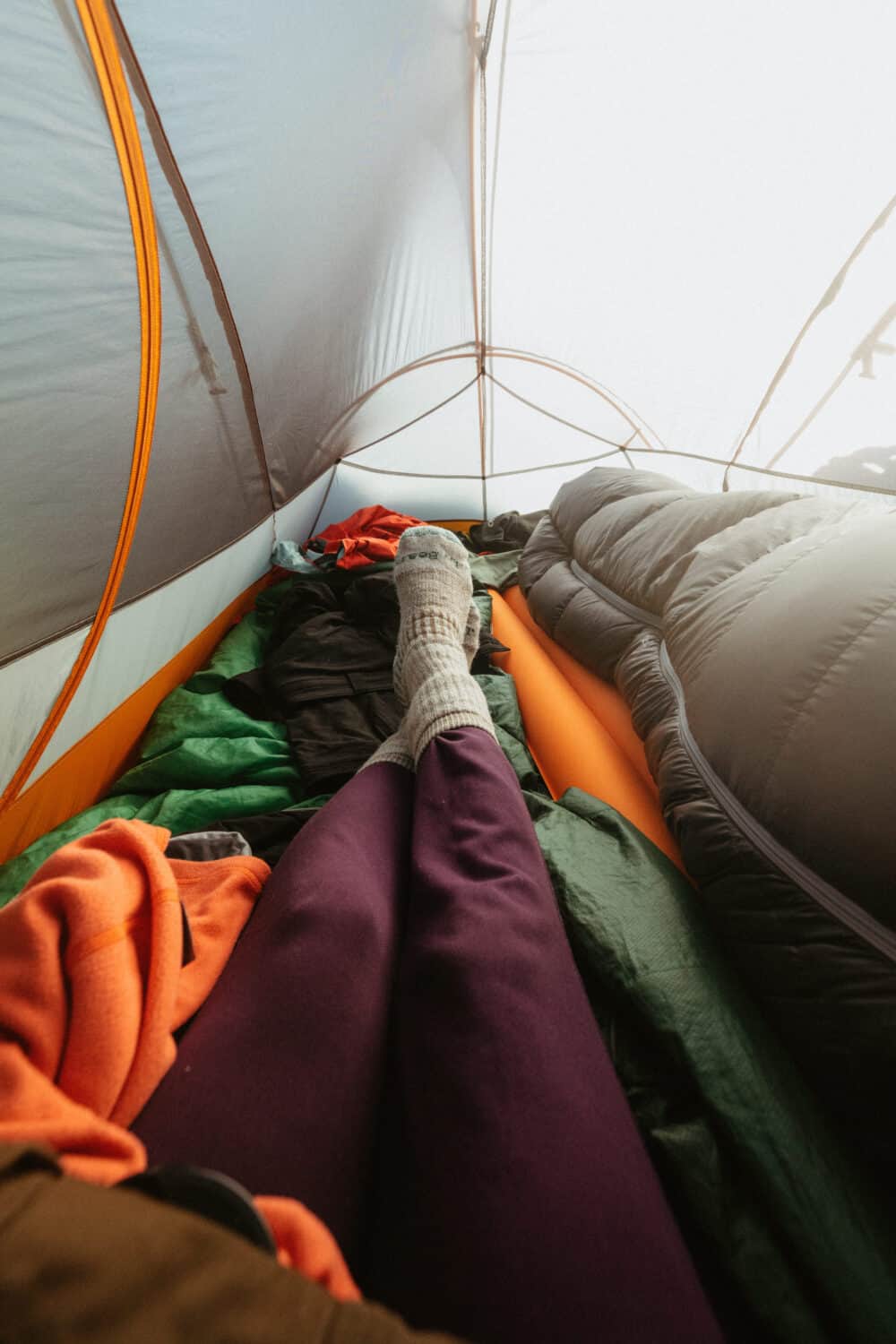
Sleeping Bag
A few important things to keep in mind when choosing a sleeping bag are: temperature rating, type of insulation, and weight.
When it comes to choosing a bag, you’ll want to choose one with a temperature rating lower than what you expect to encounter on your trip. A good rule of thumb is to always go with a lower-degree rating because you can always open up the bag if you get hot, but it’s hard to warm up in a sleeping bag if you’re cold.
What about down vs. synthetic insulation?
Down insulated sleeping bags are often more expensive (~$250-$300 range), but they’re lightweight, pack down small, durable, and insulate very well in cold, dry conditions. Synthetic sleeping bags (~$50-$150), on the other hand, are quick-drying, they still insulate when wet, and they’re non-allergenic.
Read More: The 10 Best Sleeping Bags For Backpacking and Camping
Down Sleeping Bags For Backpacking
Down sleeping bags are great for alpine backpacking and mountaineering because of the effective and warm insulation they provide.
Sleeping bags with down filling are also great for long treks or thru-hikes (Thru Hike = a very long trail spanning a mountain range, multiple states, etc) because they pack super small, and are very lightweight.
Down sleeping bags are more technical but highly effective at what they do. These bags require a few more steps for cleaning and care if you want to keep them for long-term use.
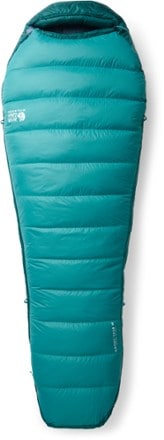
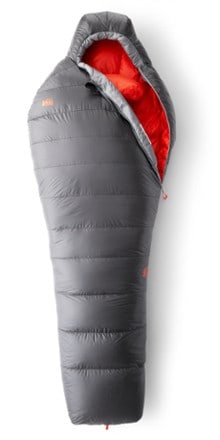
Synthetic Sleeping Bags For Backpacking
Synthetic sleeping bags are great for people on a backpacking gear budget.
They are also perfect for overnight backpackers and can take pretty heavy use. Synthetic can more easily be thrown in the laundry than down can, which makes them great for desert campers, rainforest lovers, or people who don’t mind getting dirty.
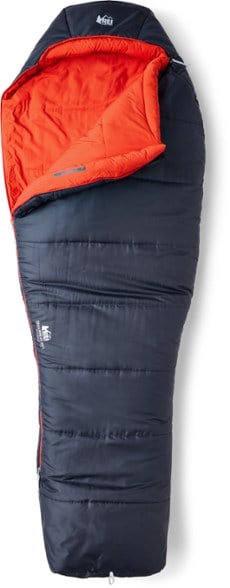
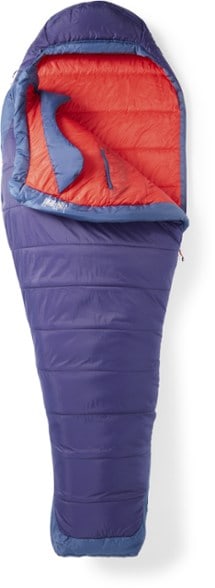
Sleeping Pad
Getting a good night’s sleep is crucial to a successful backpacking trip. This is why a good sleeping pad is just as important as a good sleeping bag.
A good compromise between comfort and value is a self-inflating sleeping pad. But if you’re still not sure, ask the experts at REI or check out their guide to choosing a sleeping pad, here.


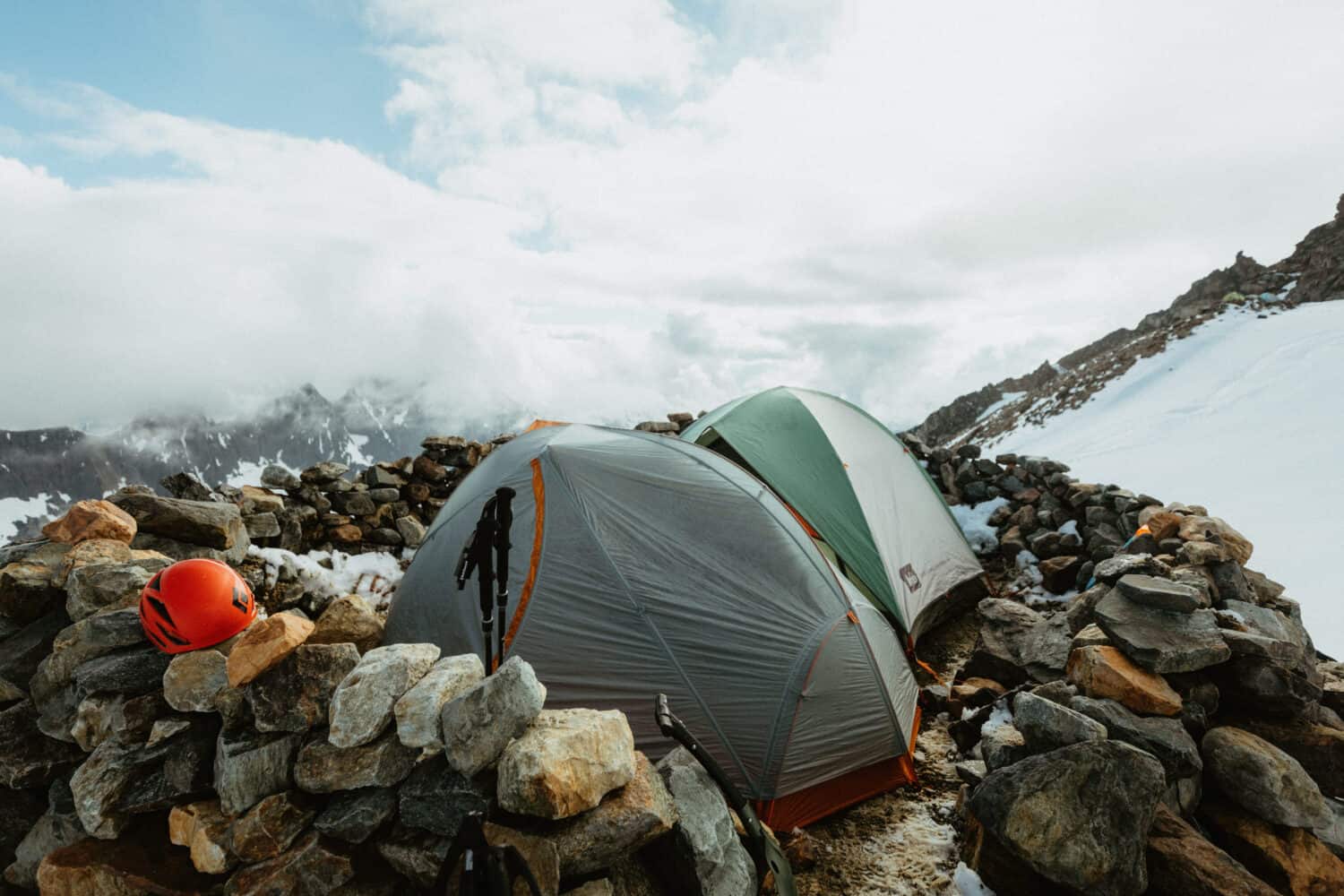
Backpacking Tent
While there are many different tents out there, each varying in sizes, shapes, and seasons they’re rated for, you’ll definitely want to think about staying on the smaller side.
We suggest getting a lightweight tent rated for three seasons (spring, summer, and fall).
Pro tip: The best way to save on weight during a backpacking trip is to share a two-person tent with someone you’re hiking with. That way, you can split the weight: one person carries the tent and the other person carries the poles.
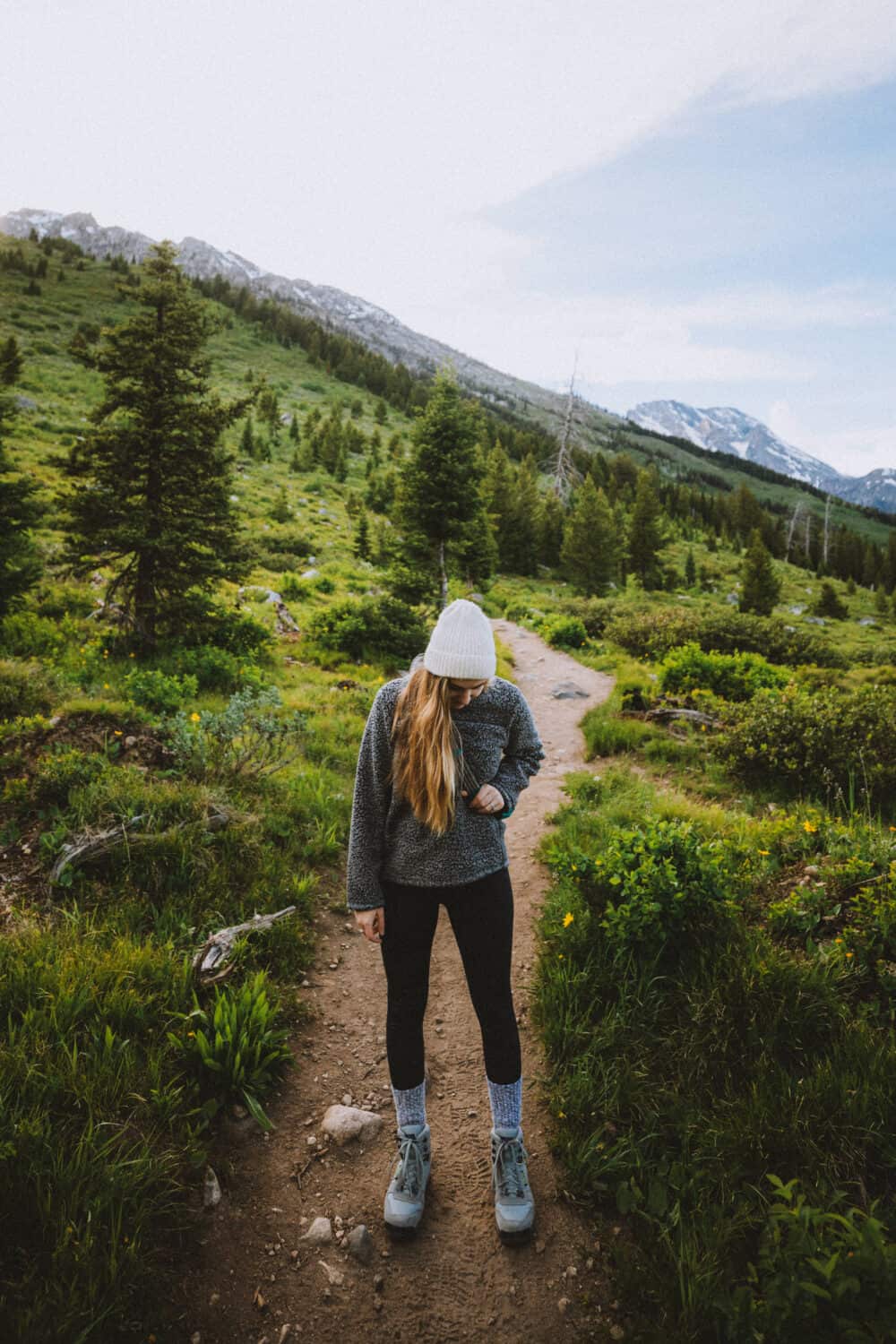
Hiking Boots
Your shoes are crucial to the success of your hike, so be sure to bring hiking boots that are supportive and well broken in (but not falling apart).
Your first backpacking trip, no matter the distance or difficulty, is no time to break in your new boots. Save that for a familiar day hike instead!
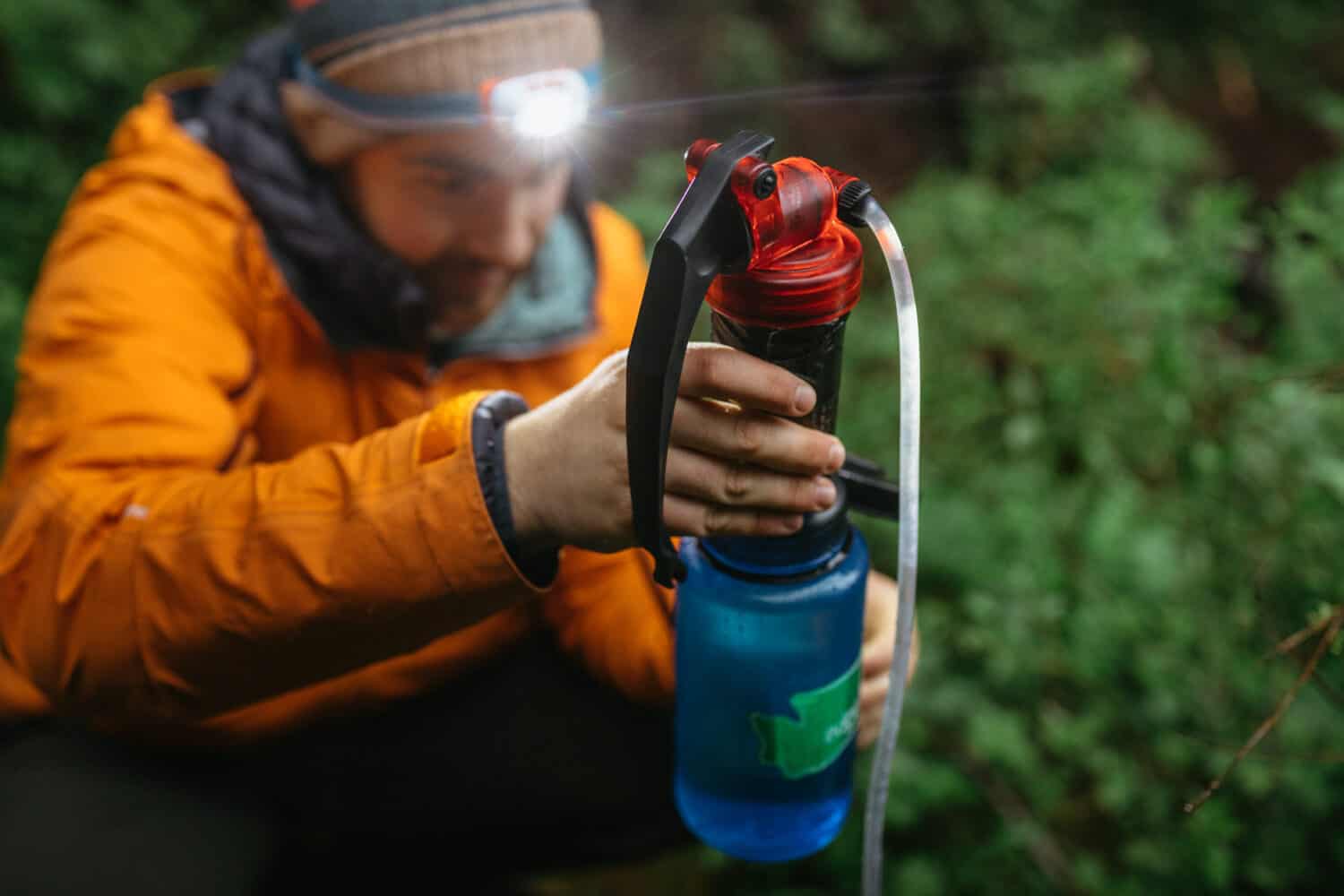
Water Filter
The best way to save on weight is to fill up a water bottle or two and then refill them as needed using a water filter. While glacial streams look fresh and clear, they can often hide harmful bacteria.
It’s best practice to treat all water prior to drinking it, whether with a water filter, chemical tablets or drops, or UV light. And make sure to always filter with fresh, moving water. Never filter stagnant, murky water.
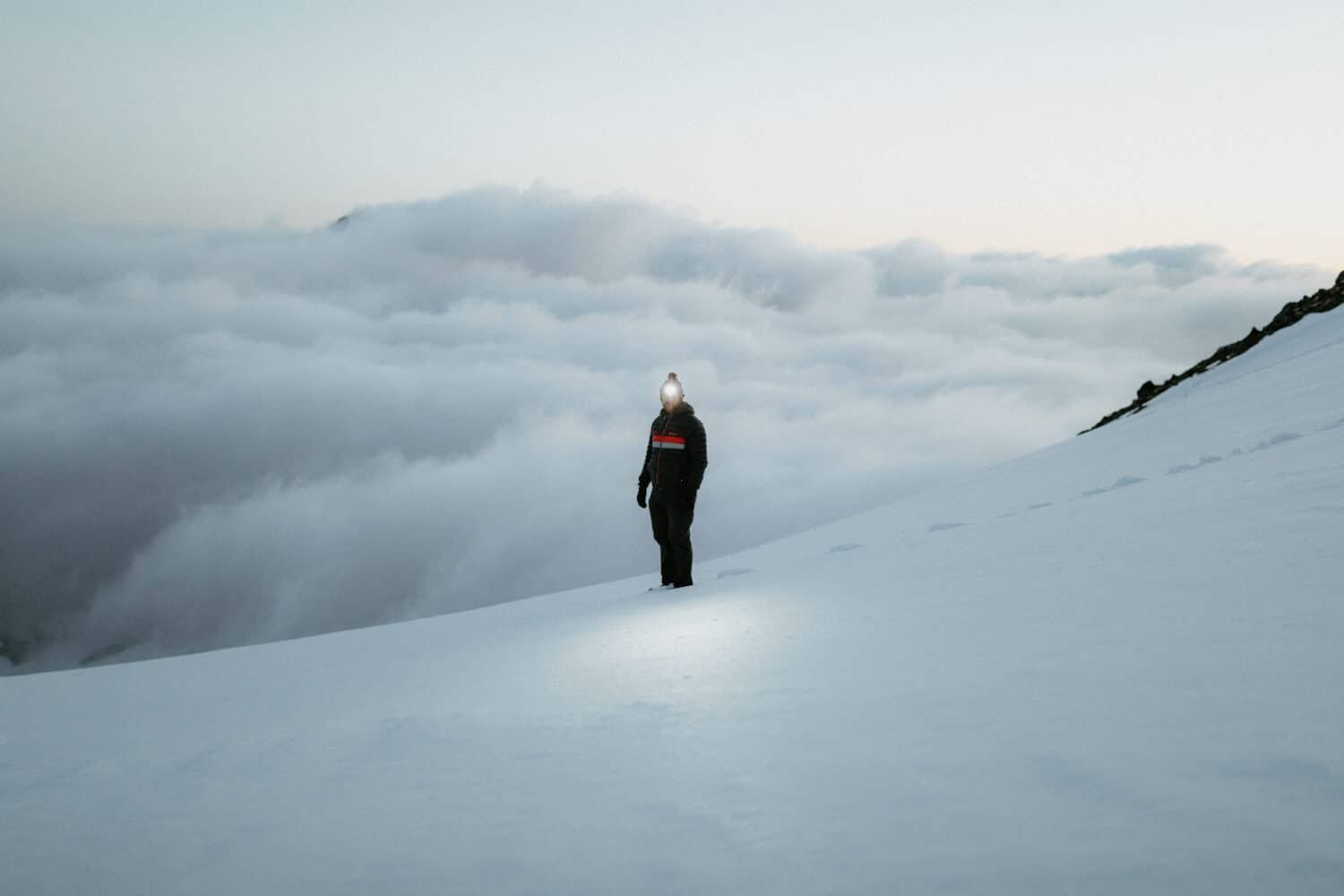
Head Lamp (with extra batteries)
Ideal for getting around camp at night, a headlamp might also come in handy if you find yourself hiking after sunset.
Be sure to bring extra batteries, just in case you, or someone in your party, needs them!
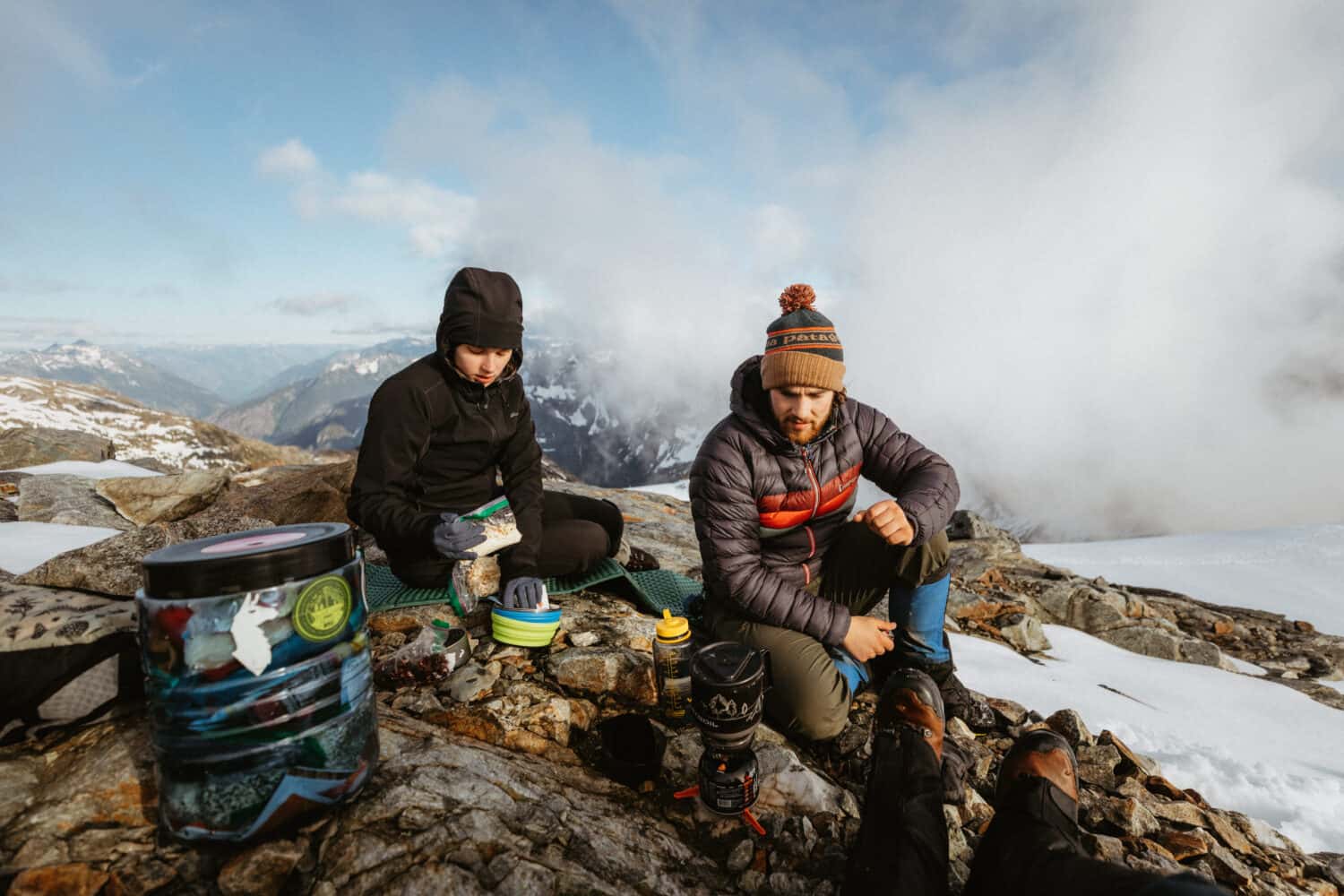
Food and Kitchen Items
When it comes to food in the backcountry, most of your meals will be freeze-dried, like Mountain House, Backpackers Pantry, or one of the many other brands out there.
You may also want to think about bringing smaller food items too, like oatmeal, protein bars, and trail mix. You can supplement these to eat for breakfast, lunch, and delicious hiking snacks.
Other kitchen things to remember to bring: utensils, a camp mug for coffee or tea, and a backpacking stove to boil water for your meals.
READ MORE: The Best Backpacking Stoves To Elevate Your Next Adventure Meals
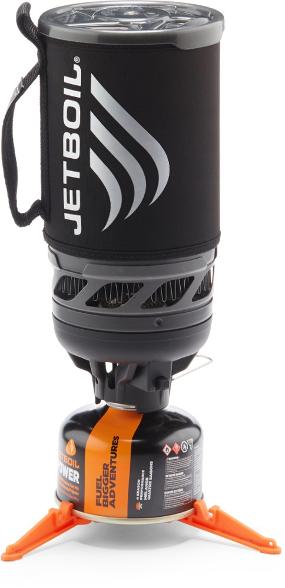
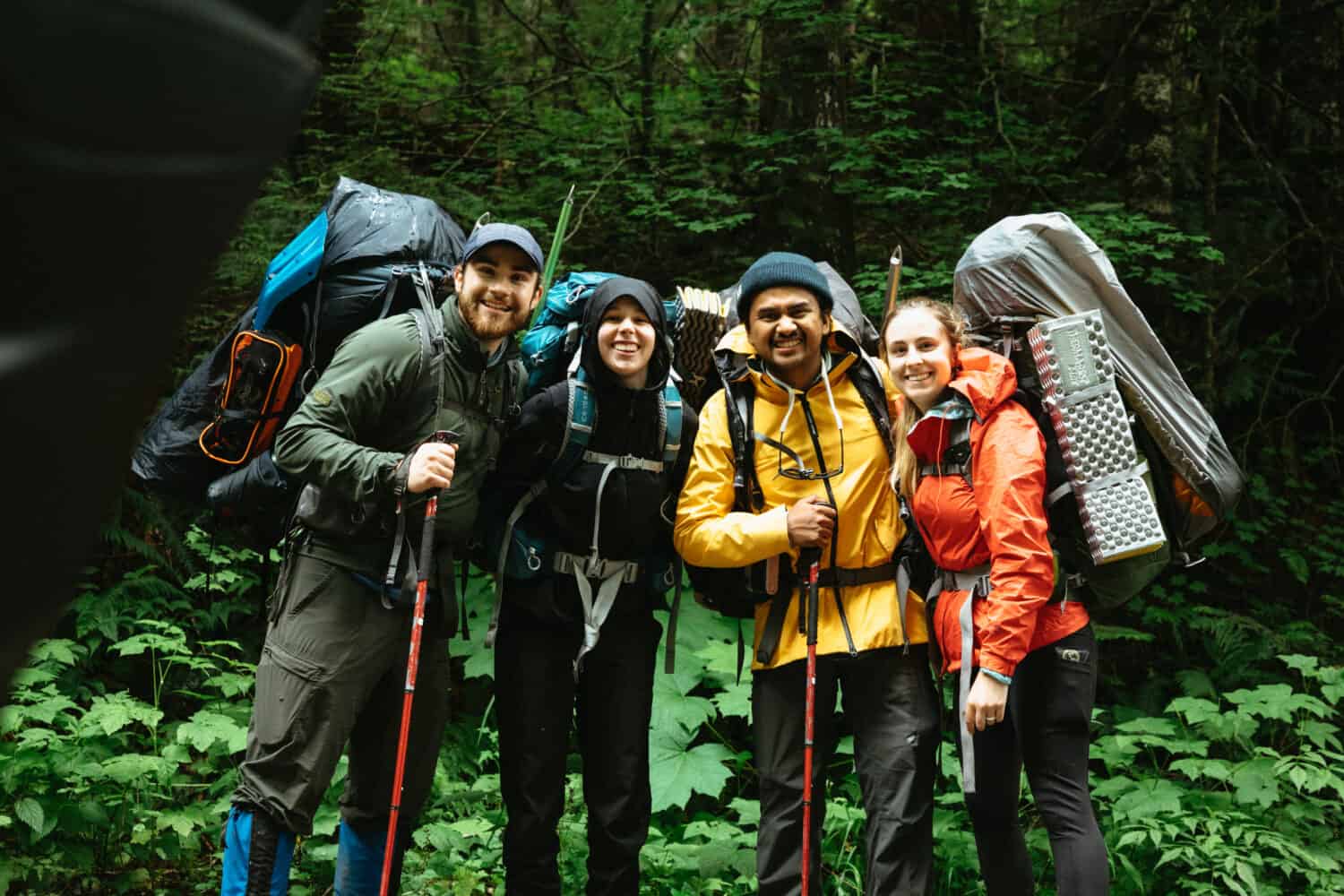
Proper Clothing
For your first trip, use what you have but stay away from cotton materials. Cotton doesn’t help you regulate body temperature and will not dry quickly if it gets wet.
Pack clothing that is wool or quick-drying, athletic material. Don’t over pack, but be sure to bring enough layers for any possible weather you may encounter, including an extra pair of wool socks, a puffy jacket for chilly evenings, and a rain jacket.
Read This Guide: How To Properly Layer Clothing For Cold-Weather Adventures
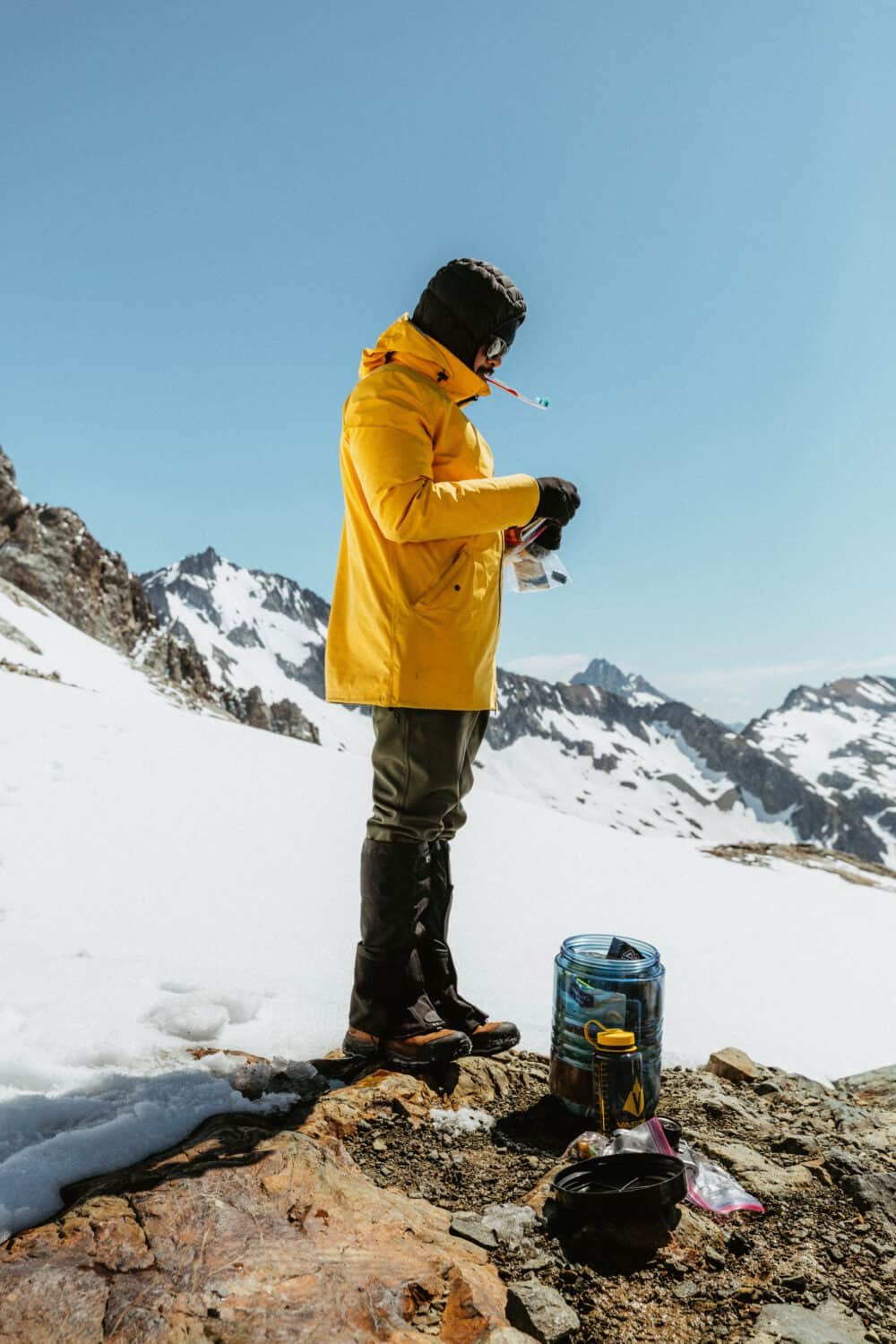
Other items that you should have on your first backpacking trip but don’t necessarily need to splurge on
These items would make excellent gifts for backpackers!
- First Aid Kit
- Water Bottle
- A Multitool and Paracord for hanging food (or a bear canister)
- Stuff sacks for organization within your pack
- Navigation Tools like a compass, map, or satellite GPS (The Garmin inReach Mini is a small 2-way satellite communicator, is great for longer trips). You can also download these hiking GPS apps to have in your pocket!
- Sunscreen and Bug Spray (And other essential backpacking hygiene items)
- Sunglasses
- Toilet Paper and a Trowel (plus a plastic bag to pack out your TP and menstrual products, etc.)
- Biodegradable soap and toothpaste
- Wallet + ID
- Proper permits for your hike, if applicable
- Rain cover for your backpack, if there’s potential rain in the forecast
We believe packing for your first backing trip doesn’t have to be overwhelming!
Start with this packing list, then get out on the trails with some experienced backpackers and learn.
With enough practice and some trial and error, you’ll figure out exactly what you need to buy and have on hand, what you can borrow or share with others in your party.
Want A Downloadable Backpacking Gear List?
Did we miss anything on our beginner backpacking gear list? Comment below your favorite products so we can help one another too!
